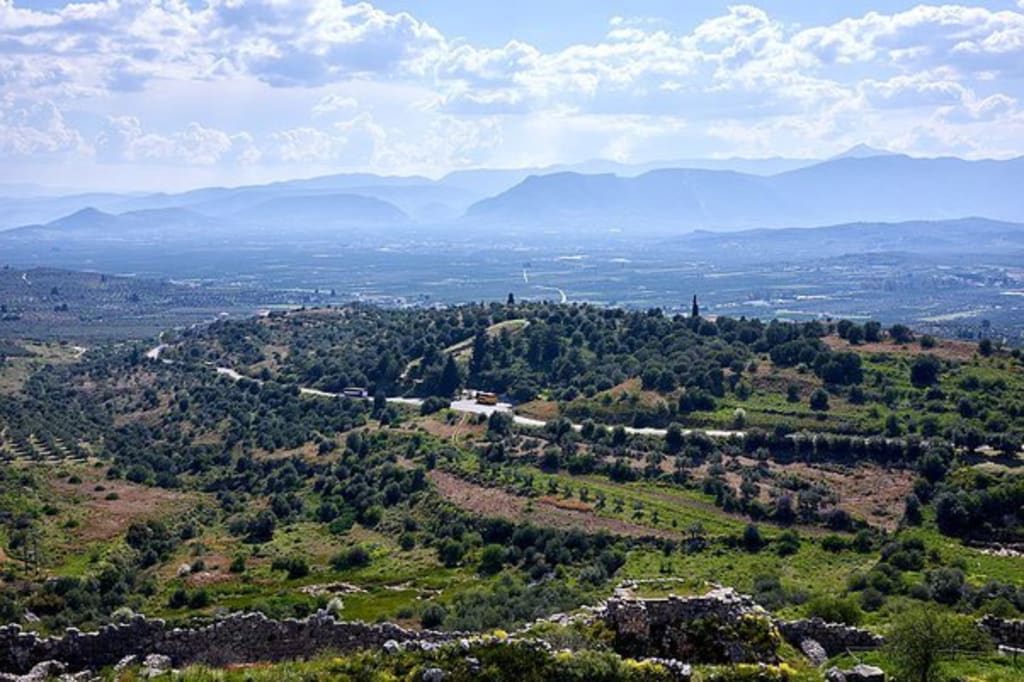The Largest Known Stone Phallus was Discovered in Spain
The phallic carving was discovered at the foundation of a structure and is more than 1.5 feet in length.

While excavating the El Higuerón archaeological site in Córdoba, Spain, archaeologists made a startling discovery. There, carved into the building's foundation, was the largest Roman phallus ever discovered.
The leader of the excavation, Andrés Roldán said that although phalluses are a regular find at Roman archaeological sites, the engraving at Nueva Carteya was "unusually large."
"It was usual for them to be placed on the façade of houses or worn as miniature amulets by soldiers as a symbol of virility," Roldán stated. "However, one of this size has never been discovered before." "We are currently conducting a search of the bibliography, but have not yet identified any such dimensions."
According to Vice, the Roman phallic sculpture is a sight to behold. The 18-inch-long phallus is carved into the base of a limestone building within a walled enclosure in El Higuerón. It measures six inches across the base and four inches squared at the testicle region.

Even though the phallus discovered at Nueva Carteya is remarkable, researchers commonly encounter phallic symbols when excavating ancient Roman sites. According to Art News, the fascinus or divine phallus represented masculine virility. Ancient Romans viewed the picture as a symbol of protection and good fortune.
Consequently, phallic imagery is prevalent throughout ancient Roman sites and objects. There are phalluses in Roman sculptures, mosaics, frescoes, and pendants, and places such as Hadrian's Wall feature nearly sixty penis carvings.
There, the Roman sign of good fortune served a slightly different purpose. The Guardian reports that it bragged of Roman power to intimidate locals.
In other words, the symbol's function in antiquity was quite different from its function today. Ancient Romans viewed the phallic sign as a symbol of strength and good fortune. Modern eyes are more likely to see the phallic symbol as offensive graffiti when spotting it on a restroom stall or bus stop.
“These types of [phallic] representations were common at the time, despite the impression one might have today.” The Museo Histórico Local de Nueva Carteya said on Facebook while reporting the discovery of the phallus in Nueva Carteya,
In fact, the phallus in Nueva Carteya is only a minor portion of the enormous El Higuerón archaeological complex.

El Higuerón was first unearthed in the 1960s, according to Vice. Archaeologists found that ancient Iberians, prehistoric people who lived in the south and east of Spain, formerly inhabited the area. El Higuerón was their home until 206 B.C., when the Romans arrived.
Roldán noted that the Romans likely destroyed all Iberian structures at that time and constructed their own.
Roldán said, "They destroyed the town and converted the old Iberian defenses into pure supporting architecture." He stated that the history of El Higuerón, which incorporates Iberian and Roman influences as well as Muslim and Christian influences, is "far more complex than could be anticipated from these archaeological sites."

Along with the phallus, Roldán and colleagues unearthed more evidence of this "complex history." According to Vice, the archaeologists also uncovered traces of stucco, tiles, and Roman concrete, as well as underground chambers that may have been utilized by ancient Romans for food storage.
However, phalluses continue to fascinate for some reason. The Museo Histórico Local de Nueva Carteya announced on Facebook that the "unusually large" phallus carving had become the "center of attention" during the dig.
According to the Daily Mail, Roldán stated: "Right now we are collapsed." "We've been receiving several visits and phone calls, and I believe this will help us secure more funding, but I'm also concerned that everything will go awry."
The oldest dildo ever discovered is 20cm of polished siltstone created around 28,000 years ago.
About the Creator
Rare Stories
Our goal is to give you stories that will have you hooked.
This is an extension of the Quora space: Rare Stories
X(formerly Twitter): Scarce Stories
Official Bookstore: davidkellertruecrime
Writers:
....xoxo






Comments
There are no comments for this story
Be the first to respond and start the conversation.